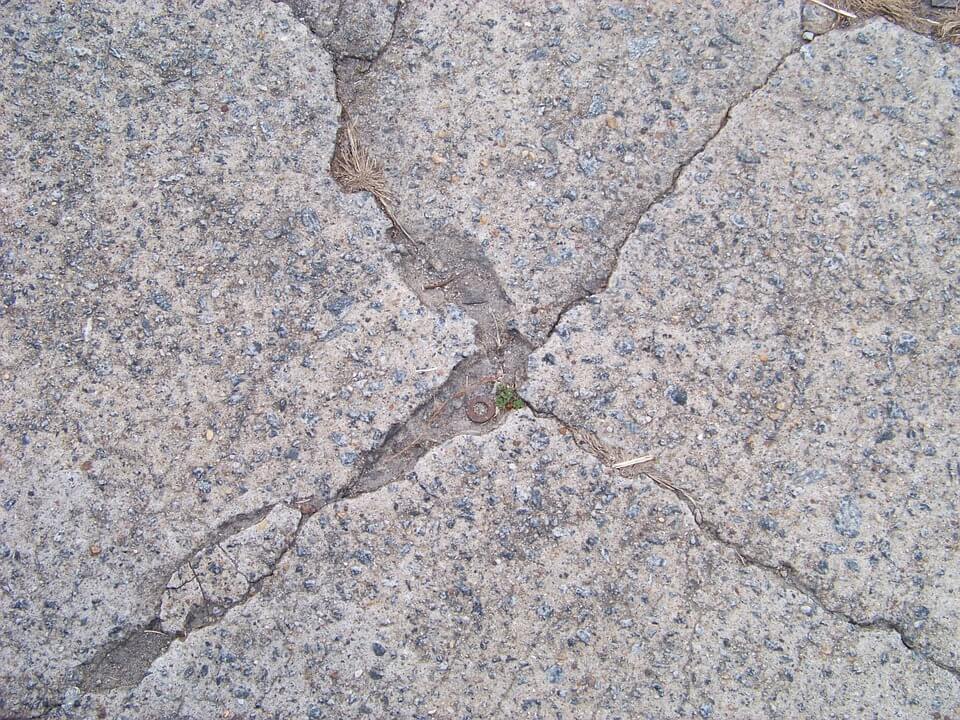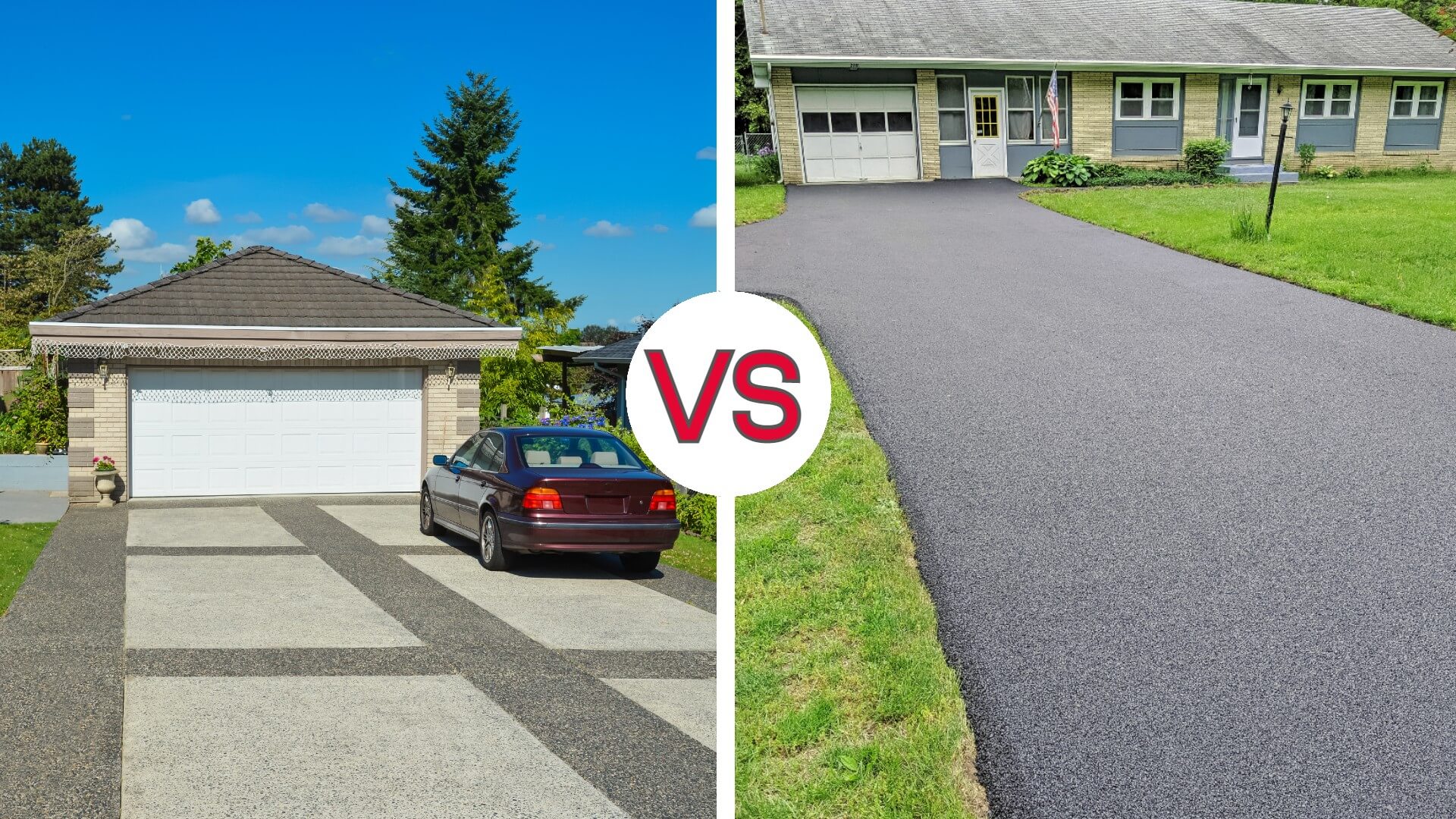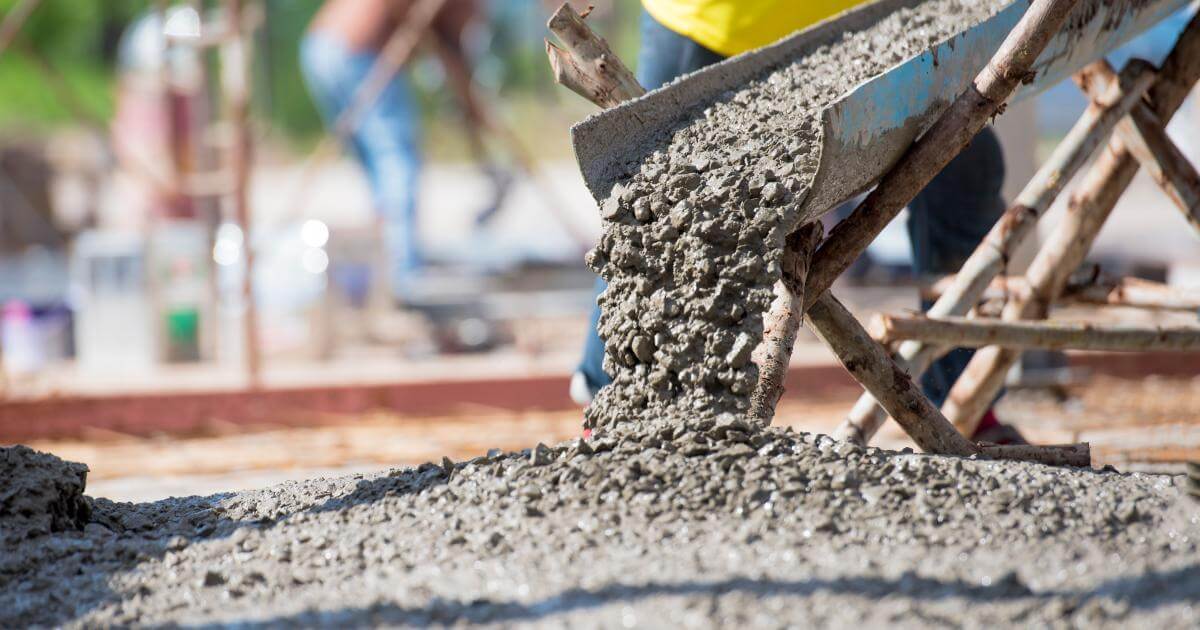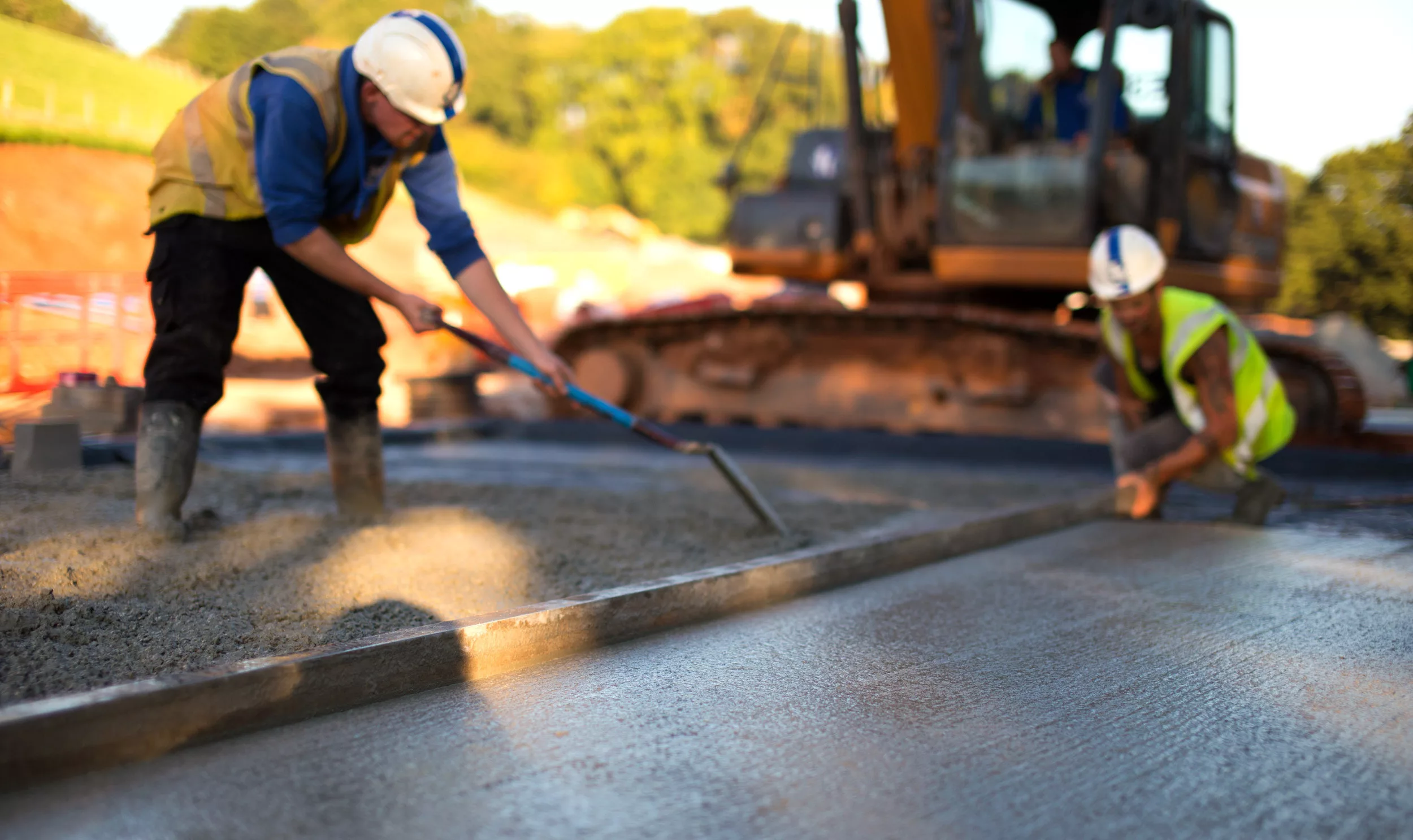
Shrinkage in Concrete
Shrinkage cracks in concrete foundation in the shape of vertical & diagonal are usually uniform in the width. Sometimes these re the cracks in a V-shaped starting from the top and looking crack larger, and these cracks are getting smaller as they travel towards to the floors & walls stop these cracks before reaching these bottom of the foundation of structure walls.
If these cracks are reaches in the bottom, the break damages the structure footings, & these crack have given lousy impact on the foundation of the structure.
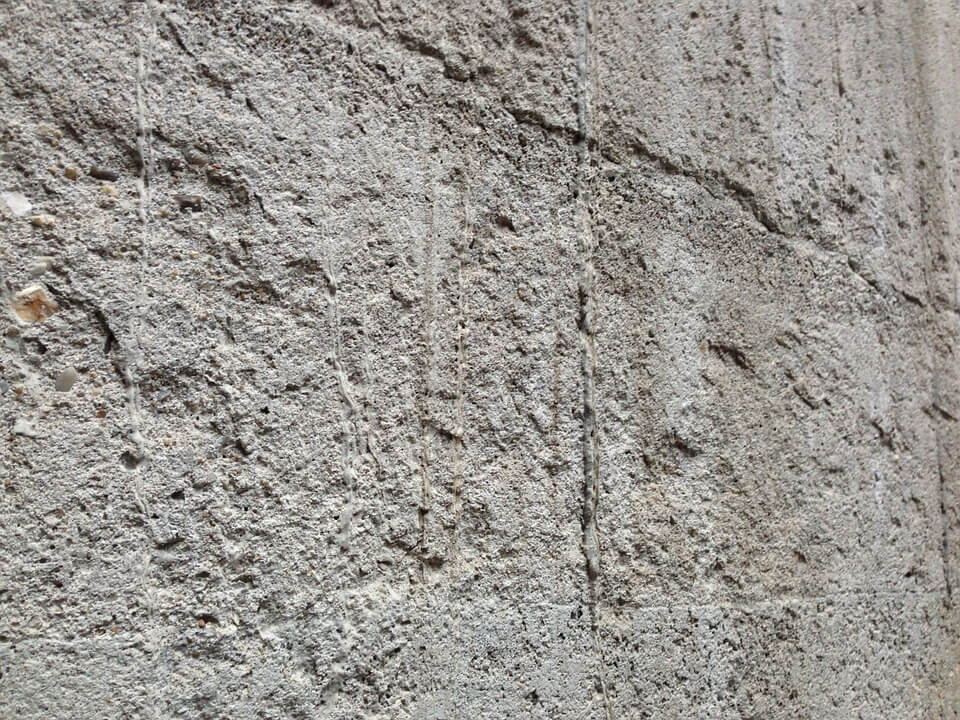
Shrinkage in concrete cracks should not be ongoing or not of the building significance, though they invite water entry with the walls in the building. Cracks in concrete foundation or called shrinkage cracks are mostly due to the conditions at working on structure construction: mixing of weak concrete, curing rapid or possibly the others state.
In this case, concrete develops shrinkage because the structure makes internal stress unless joints were included in walls or floors when slab design, these stresses are the cause of walls & floors crack and the purpose of shrinkage in a structure and damages or adverse impact of the life of a structure.
Vertical Cracks
Vertical cracks in foundations concrete that appear on nearly straight or generally even in the width, or more often in structure straight is cause by shrinkage & thermal are mostly low risk. Vertical structure cracks due to the frost or earth loading are unusual. A massive vertical break occurs when the construction incorrectly prepared the concrete footing and when walls had a poor steel structure. Cracks can also be when footings arise during the settlement.
Read More: How to use ready mix cement?
Horizontal Cracks
Horizontal cracks occurs mostly in center of the walls are most likely caused by applying load like backfills around the foundations compacts, settles earth compacting as well, pressure of hydrostatic against the foundation number of high water & weak drainage system around the foundation wall, or using heavy equipment’s operate too early or too close to foundation wall. Horizontal cracks frost damages found likely cause high-up on to the walls. Some-times fine cracks noticed too late of years of year’s times.
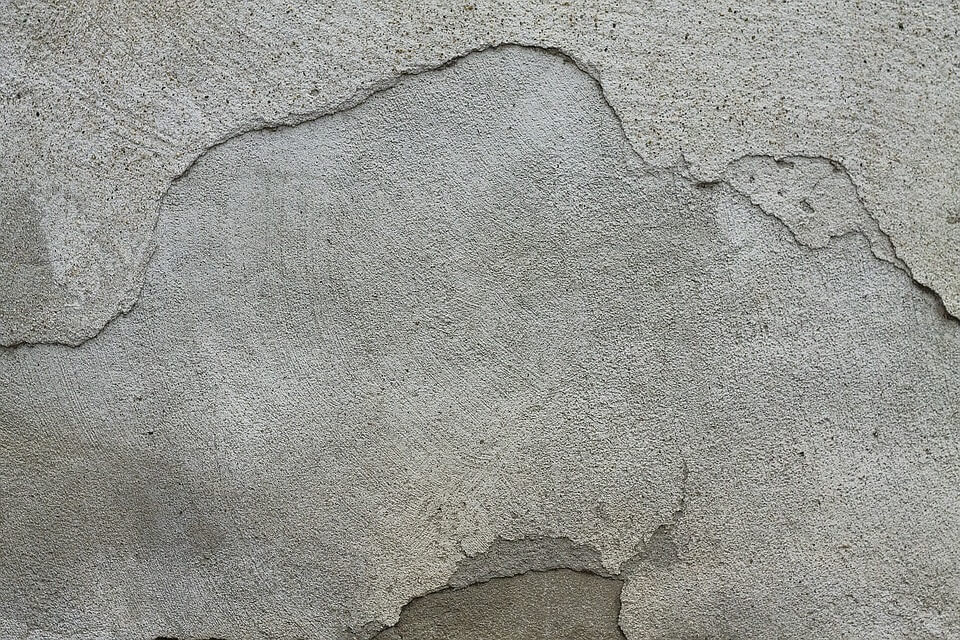
Concrete Cracks Cause Drying Times
When efficient stamping process is going during this process, crusting cracks mostly happens, in this way, when we were adding pattern or texture on the surface of the concrete. Weather conditions also valid on it like windy or sunny days top of the slab dry out quicker than the bottom one, in this cause crusty surface occurs on the surface of a concrete structure.
Stamp embedded in the surface of concrete, concrete pulls the surface joints and in this causes small cracks happens outside the edges on stones. Crusting concrete cracks are not structural issues to consider in a serious cause.
Cracks are a little bit wonderful for the surface of the concrete that shattered or resembled & glass. When the top of the concrete slabs loses the moisture too quicker, cracks then likely appeared
